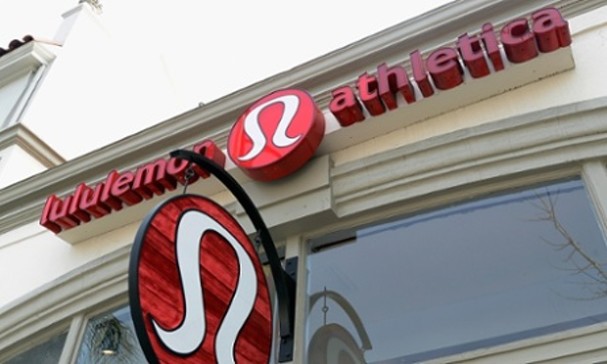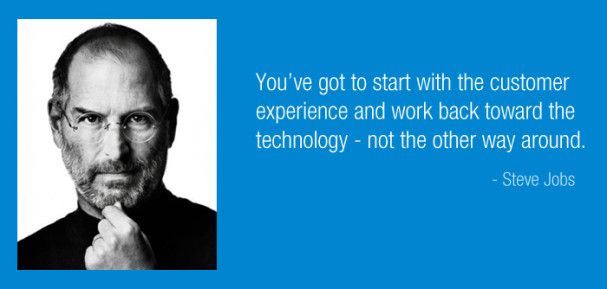
Photograph: Kevork Djansezian/Getty Images
One of the most important factors in retaining customers for life is brand loyalty. When customers understand and value the benefits of your brand, you can maintain their loyalty, despite problems that could potentially damage the relationship.
But, how far can you go without losing your customers? If you suffer a series of problems, how can you repair the damage?
A recent story about the premium sports clothing brand, Lululemon, best known for its yoga wear, illustrates the benefits and the risks in loyalty based on brand strength, rather than quality customer experience.
Steering a brand through problems
Lululemon, which claims to be the ninth most valuable sports brand globally, continued to see its sales and share price rise through 2014 despite a series of public relations problems. The company had to make a number of recalls after complaints about problems with the product. It also faced an angry reaction when Lululemon’s co-founder suggested that the products were not suitable for certain body shapes.
And, to add further controversy, the company issued a series of price rises way above the rate of inflation. Yet, customers remained loyal to the brand and seemed happy to pay a premium price to have the Lululemon logo on their clothing.
The fact that the company survived those problems and continued to grow shows the strength of its brand and the benefits of building a loyal following. However, most companies would have to take a more proactive approach to repairing the damage.
Responding to problems
Take the feedback on the company’s message board, for example. Hundreds of customers complained about the scale and speed of the price rises. Should you ignore the comments, particularly in an environment that was already hostile? Experience indicates that customers respond positively when you resolve their complaints or explain clearly the reasons for the problem.
Are price rises a risky strategy if you want to retain customer loyalty? In a competitive market with a commodity product, you could find customers switching to competitors offering lower prices. But, if you can demonstrate that your product offers greater value, despite the higher price tag, you reduce the risk of defection.
Communicate clearly
So, the message is clear, raise prices if you need to, but be sure that you offer benefits your competitors cannot match. And, be sure to explain why you have to make the increase.
The same principle applies to product recalls. To ignore problems hoping they will go away or treating a product recall as a routine event is a high-risk strategy, even for a company with a very strong brand.
Be clear and open about the problem. Admitting there is a problem and responding in a positive way helps to rebuild customer confidence quickly and demonstrates that you care for customers. You should also make it easy for customers to return products so they have the minimum of inconvenience.
Balance strength with responsiveness
This example shows that strong brands can survive a crisis, but it also indicates that companies must be responsive to customers’ concerns, rather than take customers for granted. Companies that build customers for life combine these qualities with a brand and an attitude that creates a great customer experience.



